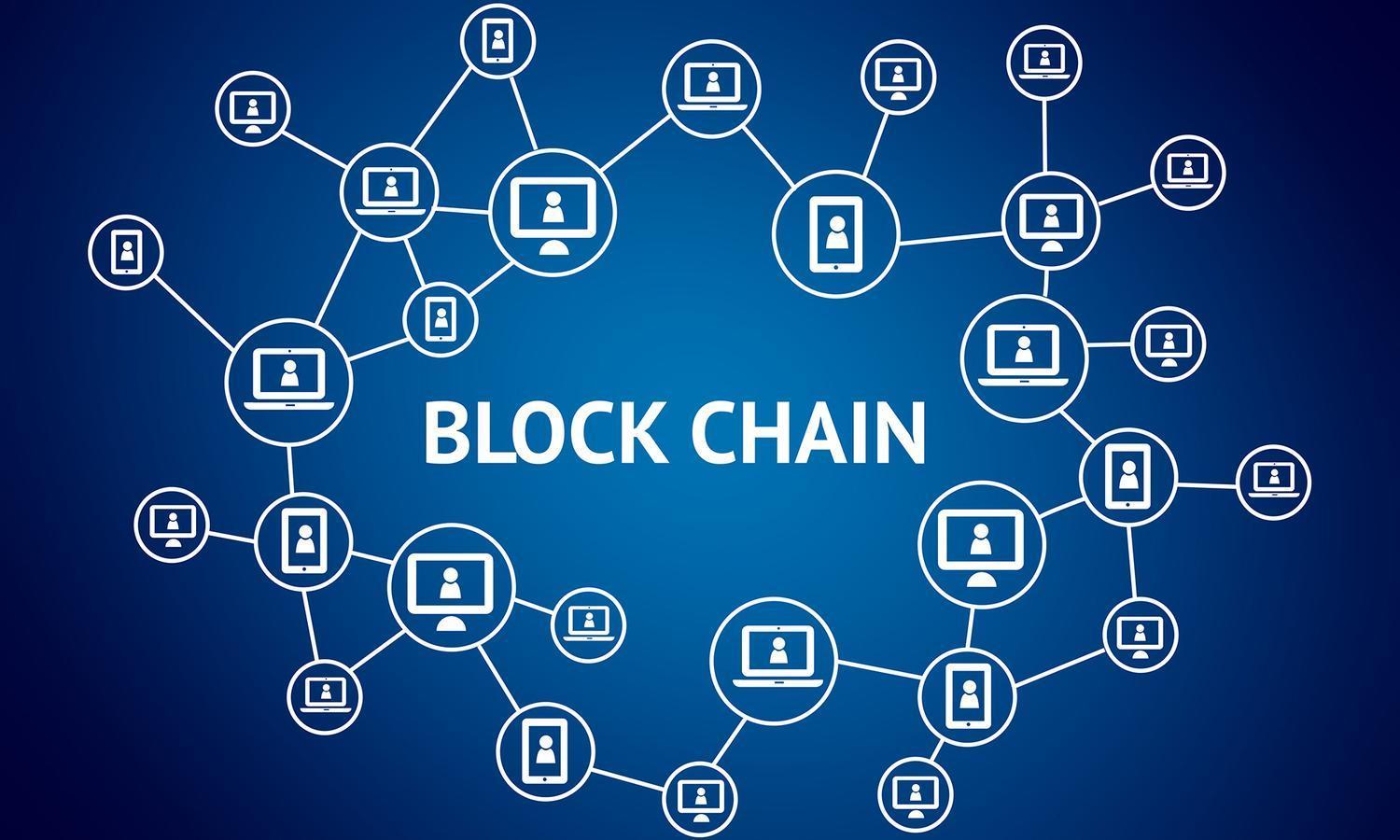Cryptocurrency
How Blockchain Technology Is Changing The Way We Play Games

Blockchain technology became widely known mainly due to the rise of fungible tokens, commonly known as cryptocurrencies like Bitcoin and Ethereum which have been on the lips of everyone, especially in 2021.
A newer token standard called a non-fungible token (NFT) has also helped to show new applications of blockchain technology outside of the common use cases we have seen so far like Decentralized Finance.
READ: How To Get Binance NFT Airdrop: Important Updates To APENFT NFT Airdrop Program
NFTs have been able to redefine property rights around digital assets, by offering an exciting way to monetize creative content in the world of digital art and collectables. 2021 is labelled the NFT boom year as there was a growing adoption of NFTs in the digital art space.
To speak more on this, Data from The Block reveals that total Non-Fungible Token (NFT) trading volume ended the year 2021 with a total of $8.8 billion, with arts and collectables accounting for 59% of the volume while gaming NFTs accounted for 41% of the trading volume. In 2021, we saw an NFT selling for $69 million. We saw celebrities getting into CryptoPunks and Bored Apes, we saw institutional adoption of NFTs like PayPal buying a CryptoPunk.

The problem of traditional gaming
The introduction of NFTs to video games is intended to create a more equitable game economy, that allows players real ownership of their in-game assets and offers them meaningful rewards for their participation. This is a thing traditional gaming has failed to address.
How Blockchain Technology Is Changing The Way We Play Games
In the traditional gaming ecosystems, there are a small select group of professional gamers who earn money through sponsorships, streaming and competitions. For example, a popular online gamer, going by the alias, Ninja and is the richest pro gamer with an estimated net worth of $25 million.
READ: Ethereum Price: Analysts Remain Positive On Ether Bullish Run
He is one of few elite players who benefit from traditional gaming models through winning prizes and signing contracts with big brands. Ninja’s success is one in a million as the majority of gamers still spend money purchasing in-game assets and enhancements, without any return.
Play-to-Earn (P2E) Case Point – Axie Infinity
Blockchain-based games such as Axie Infinity pioneered the play-to-earn model aimed at giving gamers real property rights for their digital assets, and as a result, many players have been able to generate income from the hours spent playing. The Pokémon like game charges its users for buying and selling tokens for land and Axie characters. The platform then returns 95% of its revenues back to players as rewards for participating in the game.
During the COVID-19 pandemic, Axie Infinity became a major income stream for some people in developing countries like the Philippines for example. In fact, the Philippines accounts for approximately 40% of the games user base as the nation turned to the game as a source of income as it was hit badly during the pandemic.
Diving deeper, into what makes blockchain games better for gamers is the gaming economics behind the platform. Here comes Forte. Forte seeks to offer a new way to create more sustainable business models for developers by integrating blockchain-powered services that would foster real economies within them.
Blockchain Technology
The company is of the opinion that by opening up game economies, developers would be able to attract more players and create more ways for them to participate in those economies. They believe that aligning gamers and developers’ incentives via ‘community economics’, will not only give regular gamers a bigger share of the pie but to create an even bigger pie to be shared.
To accomplish this, Forte is creating an end-to-end solution for game developers, which involves taking care of every aspect of implementation, from handling the actual transactions on the blockchains to ensuring regulatory compliance, in other to utilizing blockchain platforms to build real economies for the communities of players inside games.
Blockchain had to be the centre of this innovation as it enabled innovative new economic models by allowing for tokenized assets through fungible and non-fungible tokens. Blockchain helps provide liquidity to in-game economies in the form of fungible tokens representing in-game currencies and could turn in-game assets, like weapons or character skins, into traceable and tradable assets by turning them into non-fungible tokens, which are all tradable for real cash.
Is it sustainable?
Having looked at what Forte and Axie Infinity are doing, we were able to interview some crypto specialists to give their thoughts on the P2E economic model and how sustainable it is in the future.
Source; Nairametrics





